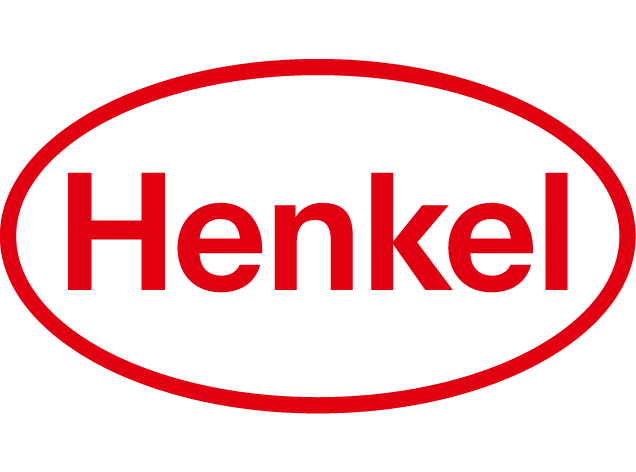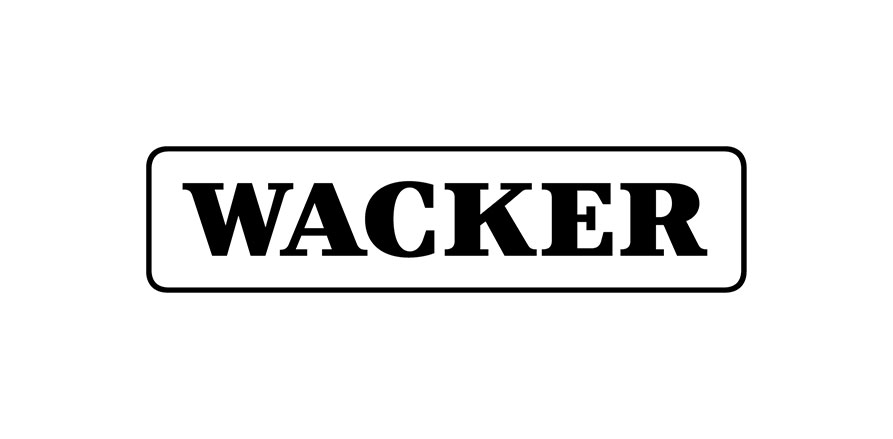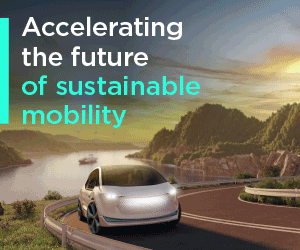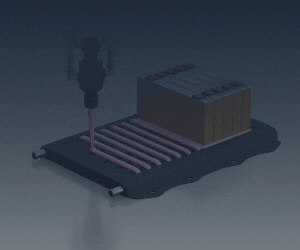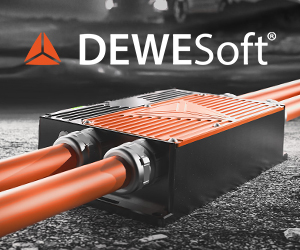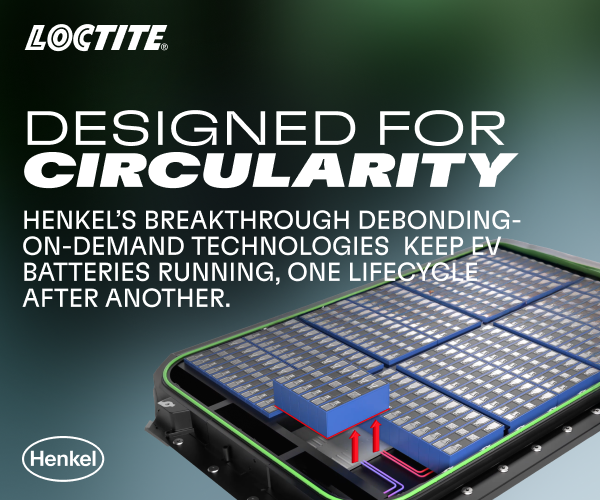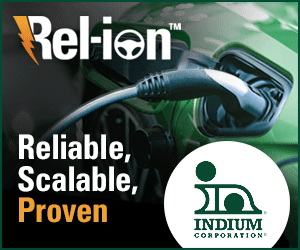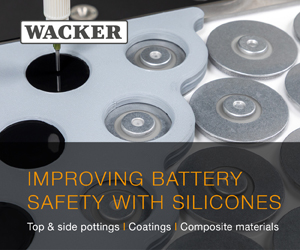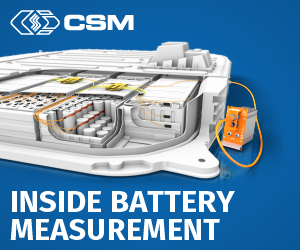Renault ups hybrid ante with E-Tech 160 powertrain
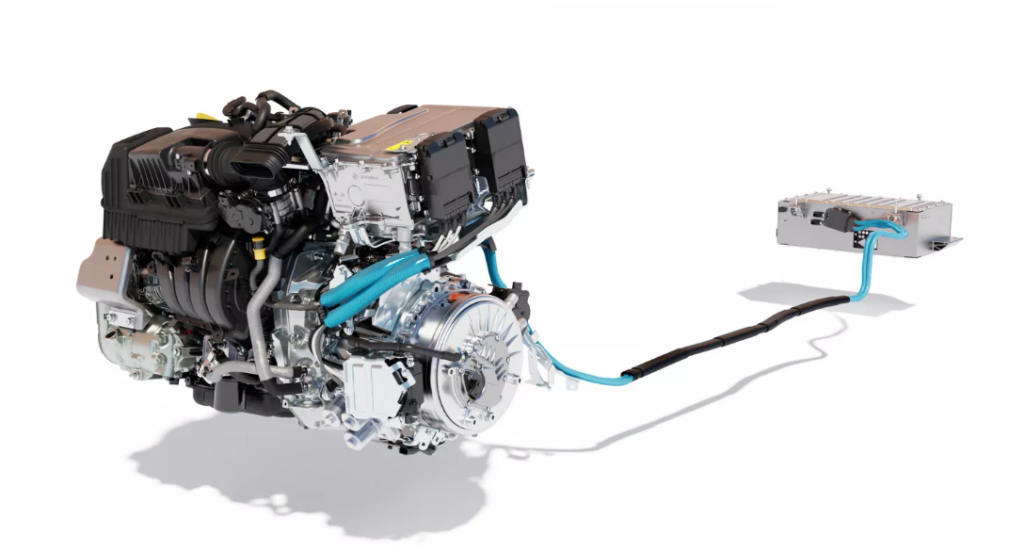
(Image courtesy of Renault)
Renault has unveiled its latest full hybrid powertrain, the E-Tech 160, targeting the compact crossover segment with a technical package delivering both higher power density and improved fuel efficiency. The new 1.8 L series-parallel hybrid system, now available on Captur and Symbioz, represents a significant evolution in Renault’s hybrid architecture, focusing on optimized combustion, enhanced electric drive capability, and improved system integration.
Hybrid System Architecture
At the heart of the E-Tech 160 is a 1.8 L, four-cylinder petrol engine delivering 80 kW, up from the previous 69 kW, now paired with a more sophisticated direct injection system operating at 350 bar. This move from indirect to direct injection aims to improve charge stratification and combustion efficiency, reducing both fuel consumption and tailpipe emissions.
The internal combustion engine couples with two electric machines: a primary 36 kW traction motor and a 15 kW high-voltage starter generator (HSG). The hybrid system runs on a 1.4 kWh, 230 V lithium-ion battery—an increase over the previous 1.2 kWh unit—enabling a higher proportion of electric-only operation, particularly in urban driving cycles.
Transmission and Energy Management
The powertrain retains Renault’s clutchless “dog box” multi-mode transmission, which orchestrates power flow between the engine and electric machines without a conventional clutch or synchronizer rings. This approach reduces mechanical losses and improves shift response, while a new e-shifter interface offers more precise driver control. The revised gearbox calibration minimizes torque interruption during gear changes, contributing to a smoother and quieter drive.
Performance and Efficiency Gains
The E-Tech 160 delivers a marked increase in system torque, with the combustion engine now producing 172 Nm—25% higher than before and available at lower engine speeds (around 2,000 rpm). This translates to improved acceleration: Captur’s 0–100 km/h time drops to 8.9 seconds (from 10.6 s), while Symbioz achieves 9.1 seconds. Towing capacity has also increased from 750 kg to 1,000 kg, expanding the vehicle’s practical utility.
On the efficiency front, the new powertrain achieves a combined fuel consumption of 4.3 L/100 km (down from 4.7 L/100 km) and CO₂ emissions as low as 98 g/km (Symbioz) and 99 g/km (Captur). Renault claims up to 40% fuel savings compared to conventional petrol engines, with regenerative braking and high-frequency electric drive enabling up to 80% electric operation in city traffic.
System Integration and Customer Impact
Renault’s E-Tech platform leverages over 150 patents, many derived from Formula 1 energy recovery strategies. The increased battery capacity, coupled with advanced energy management algorithms, allows the system to maximize electric drive without compromising driveability or requiring plug-in charging infrastructure. The hybrid starts in electric mode by default and transitions seamlessly between power sources, prioritizing silent, zero-emission operation at low speeds.
Click here to read the latest issue of E-Mobility Engineering.
ONLINE PARTNERS

